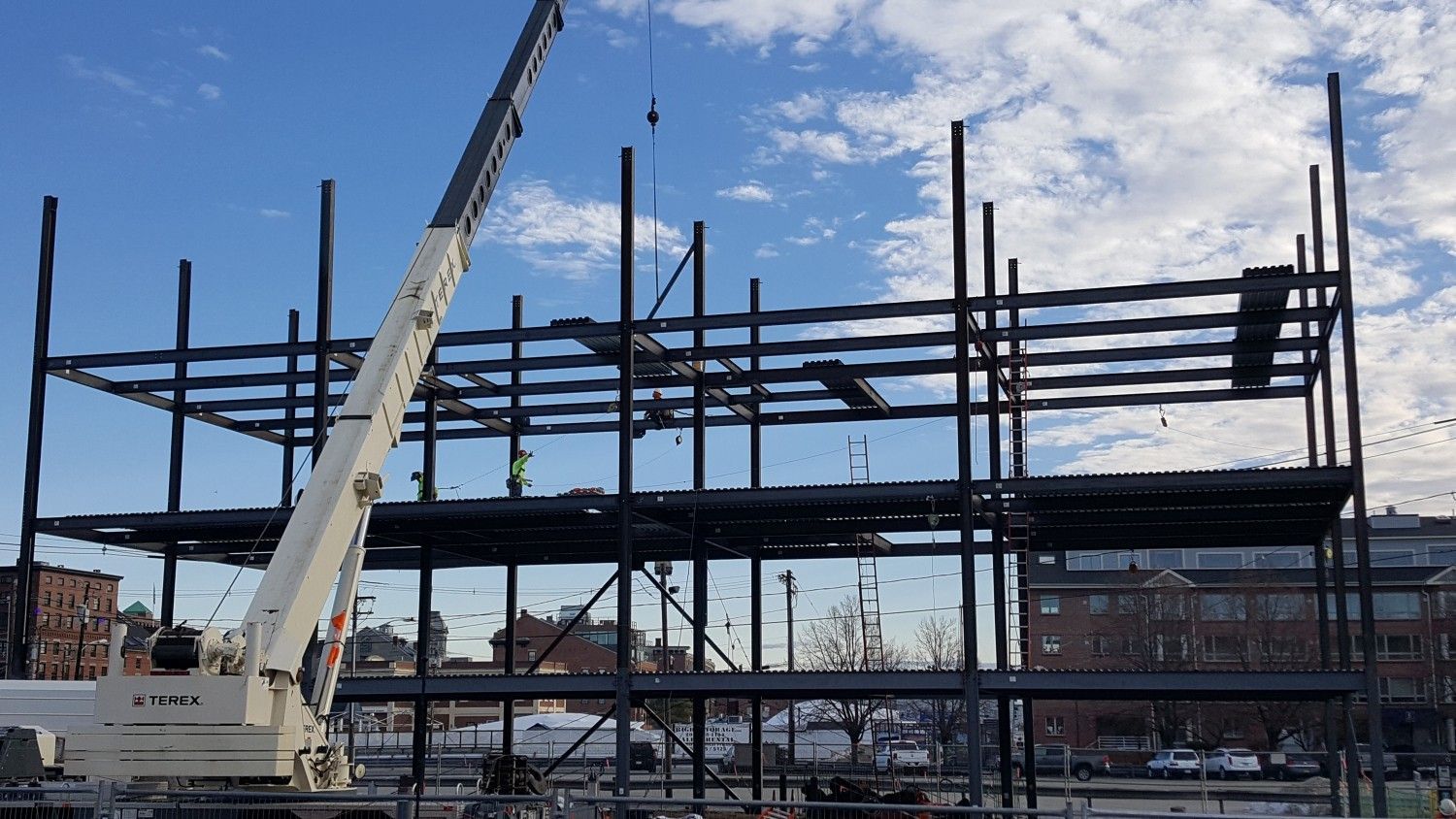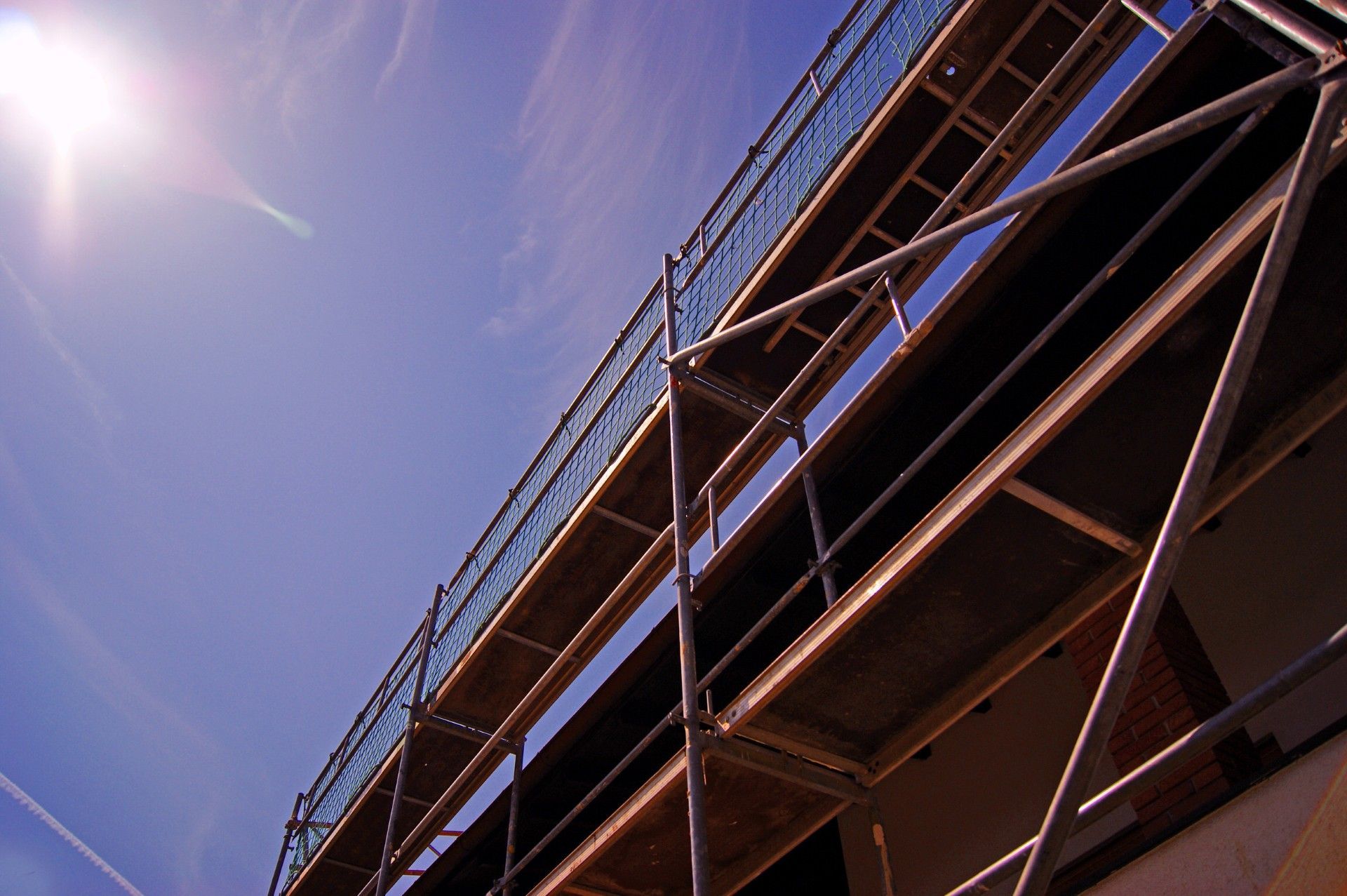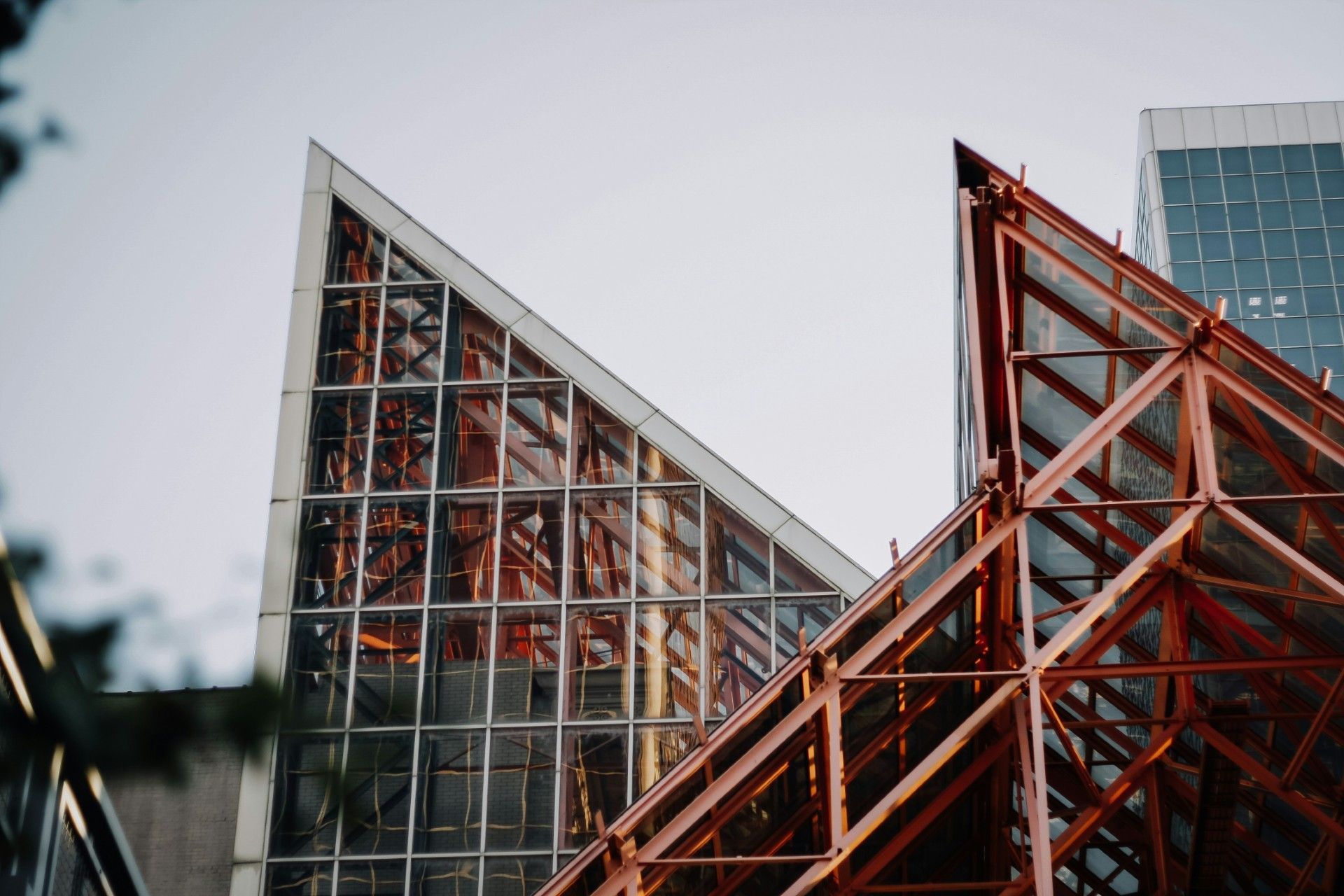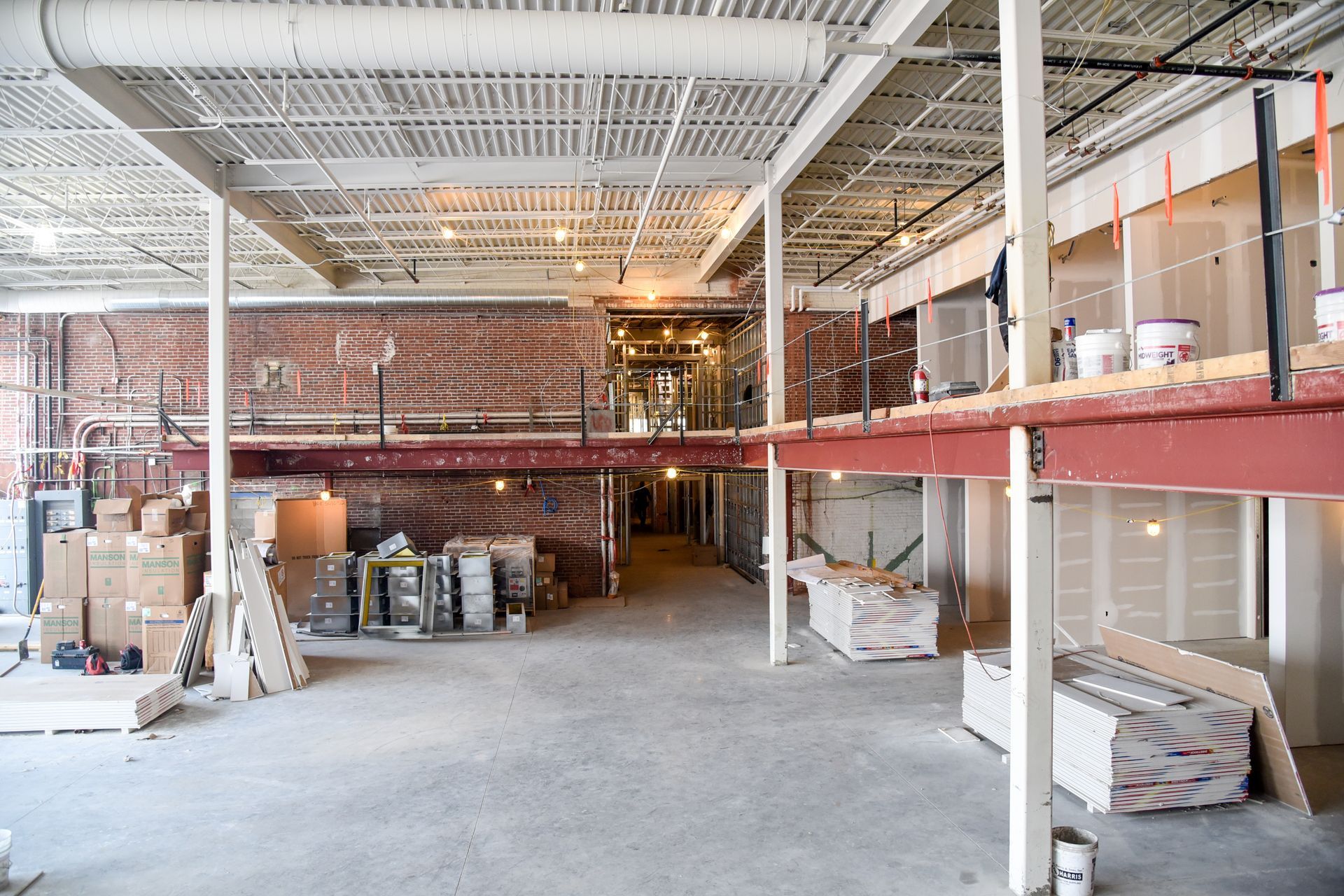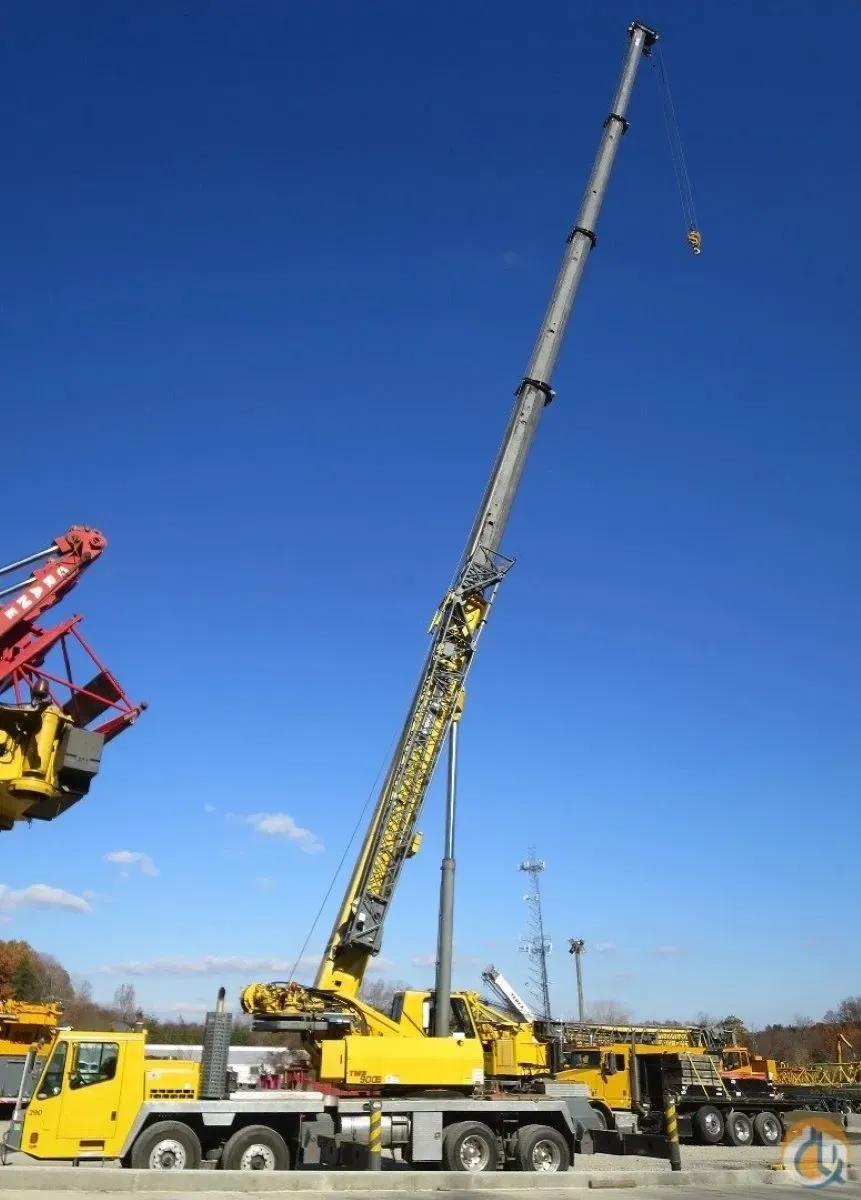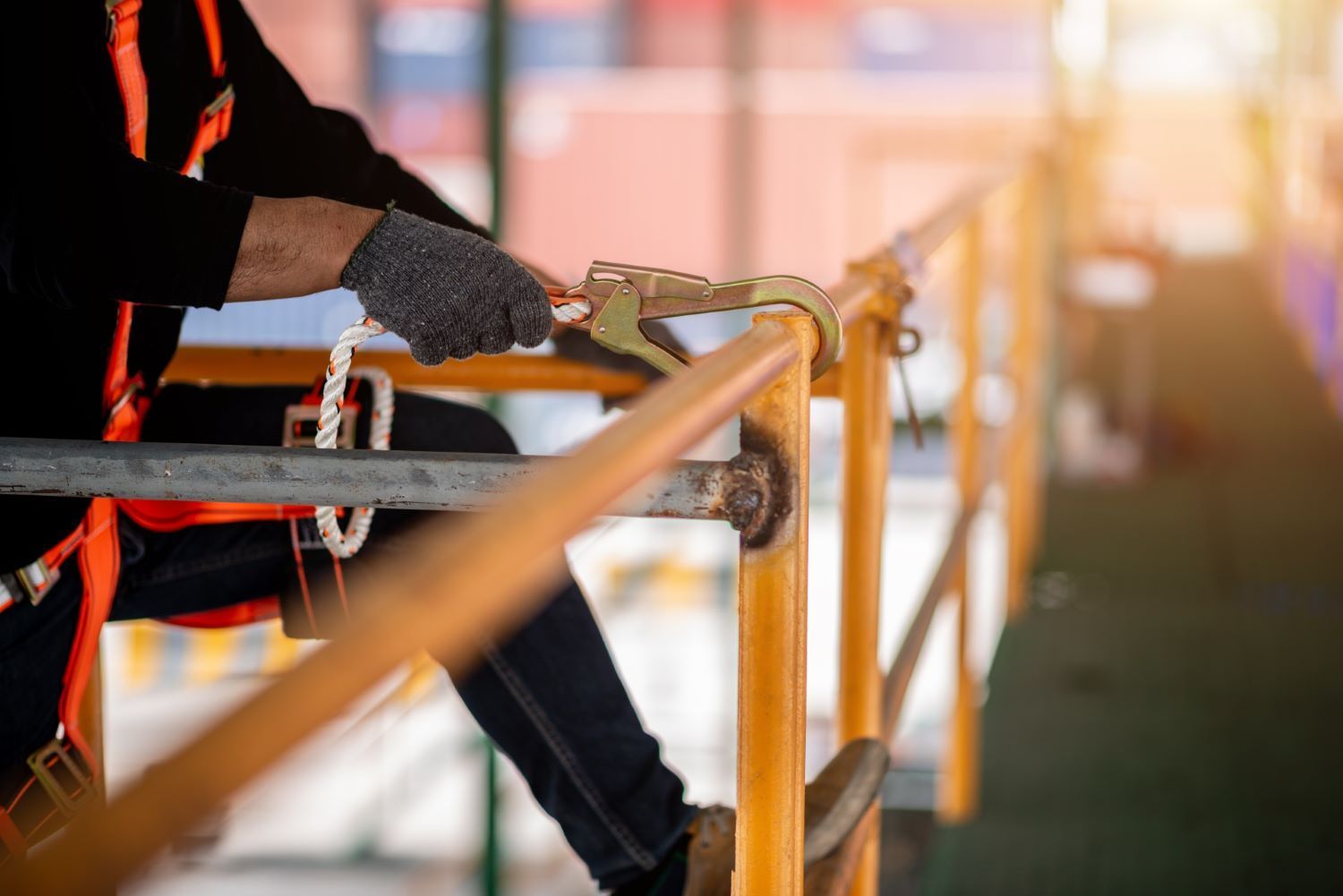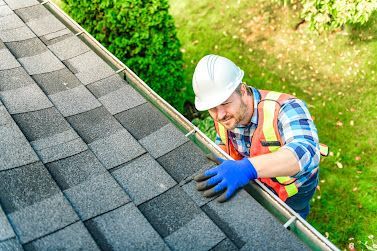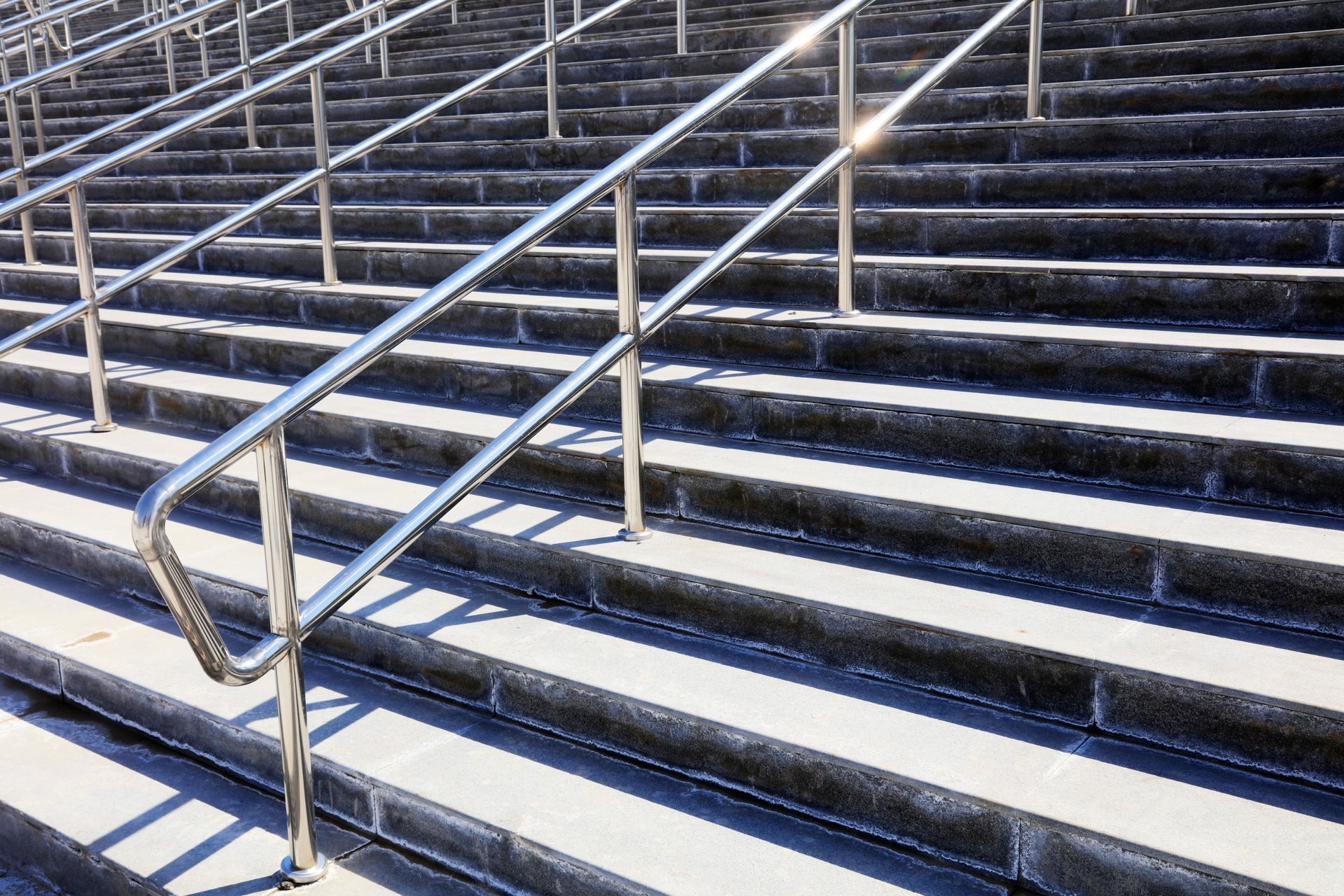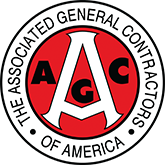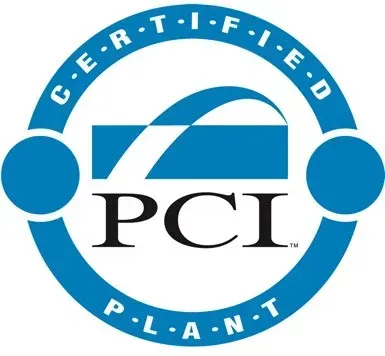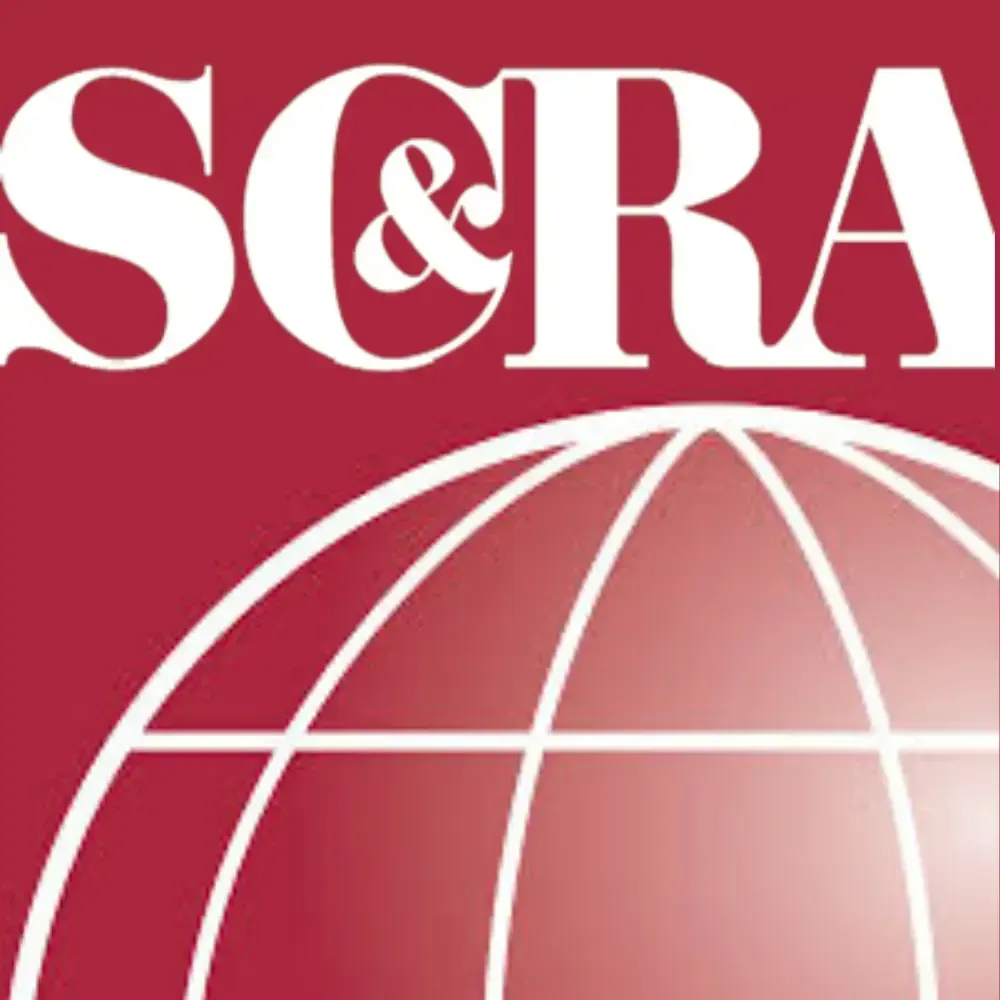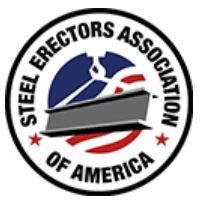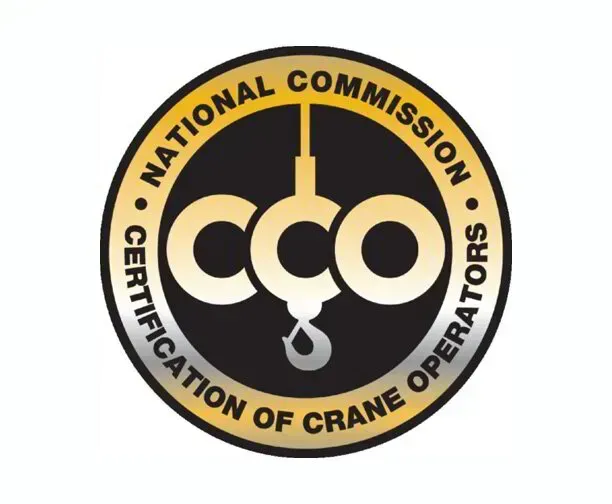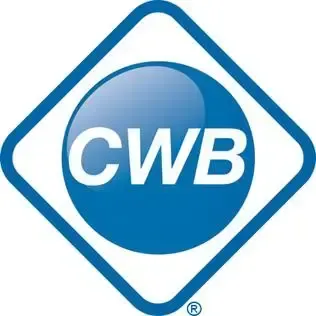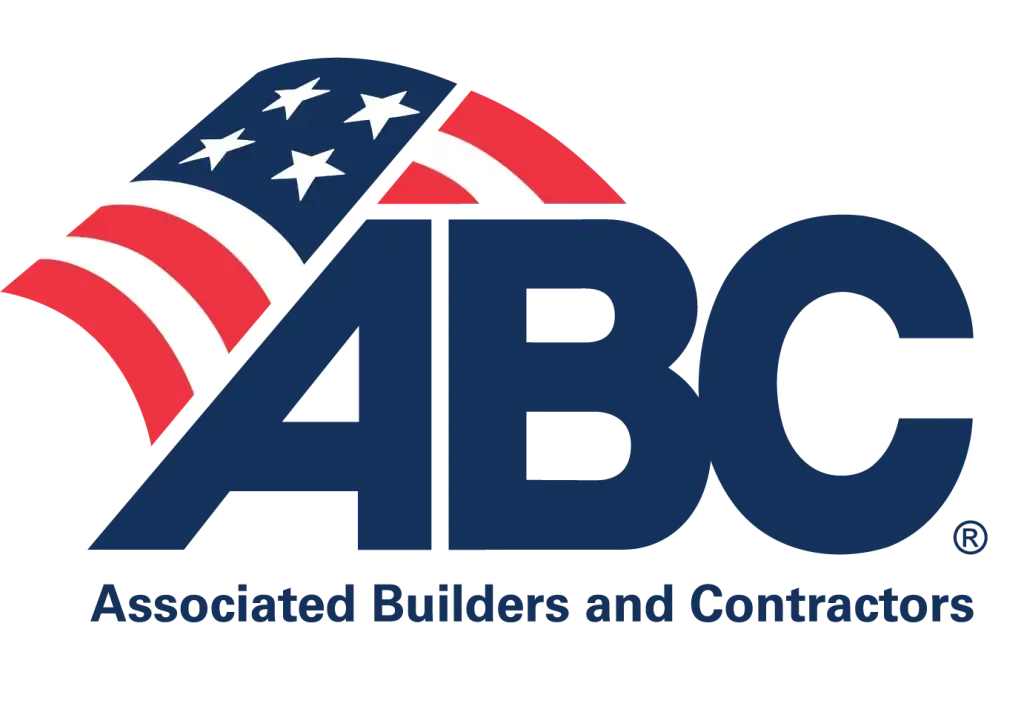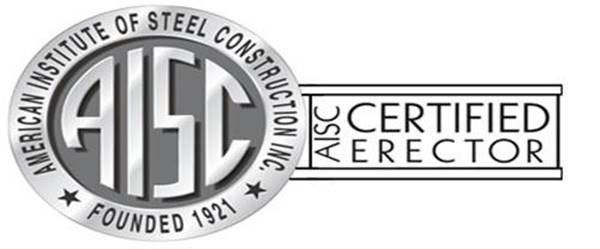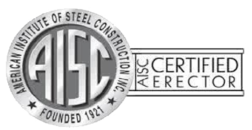Understanding the Impact of Steel Corrosion and How to Prevent It
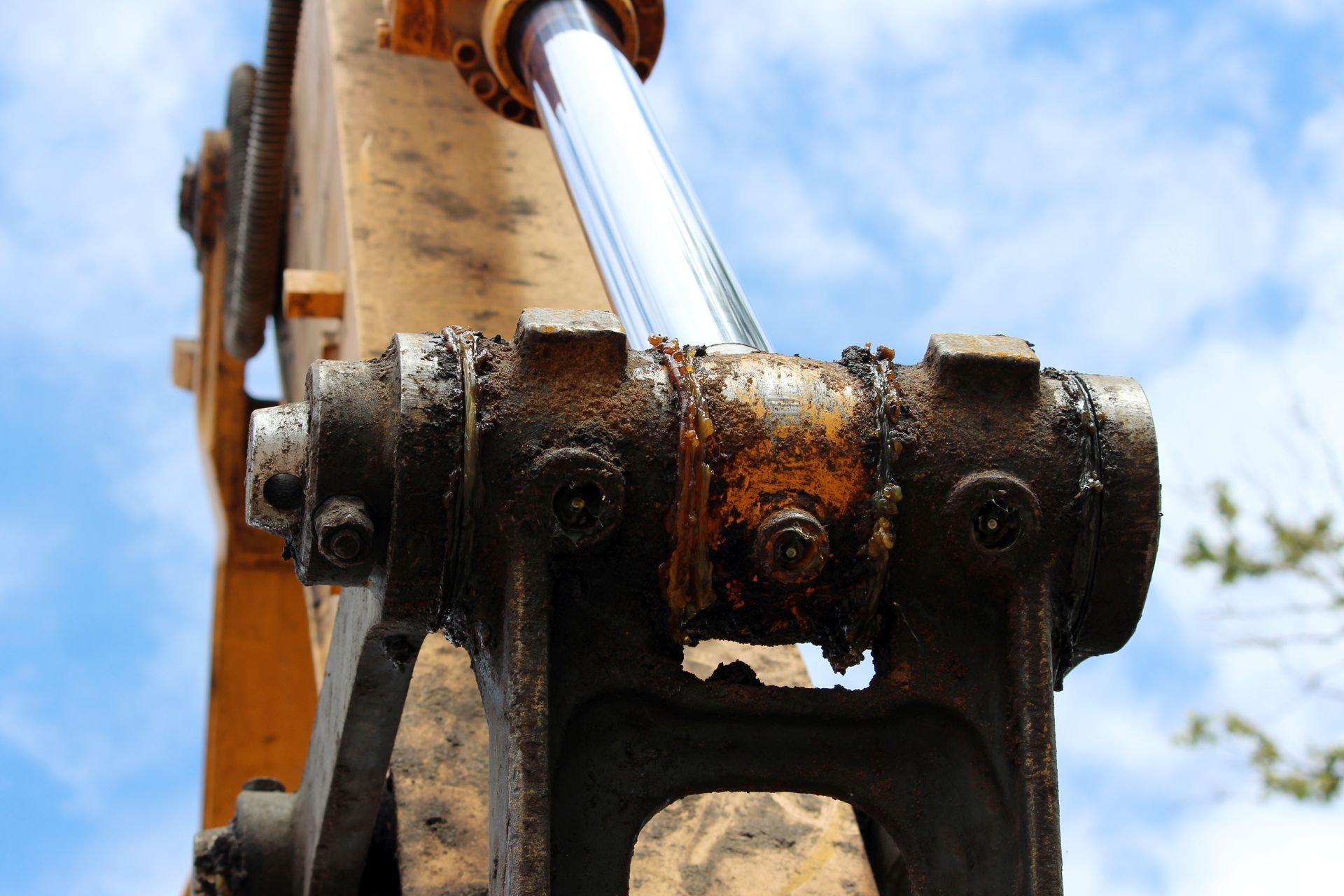
Steel is a fundamental material in countless industries, valued for its strength and durability. However, hidden beneath its seemingly indestructible surface is a significant threat: corrosion. This gradual yet destructive process can weaken even the toughest steel, leading to costly repairs, compromised safety, and potential structural failure.
Understanding how corrosion works and what you can do to prevent it is critical for maintaining steel structures in top condition.
Why Corrosion is a Concern
Steel is essential in countless industries for its strength and durability. However, it faces a hidden threat: corrosion. This process occurs when steel reacts with moisture and oxygen, forming rust (iron oxide), which weakens the steel.
Rust flakes off, making it impossible for the steel to maintain its original strength. Over time, this degradation can lead to costly repairs, safety hazards, and reduced lifespan, particularly in critical infrastructure like bridges, buildings, and railings.
Types of Corrosion and Their Risks
Steel can corrode in several different ways, each presenting its own unique challenges. These are the most common types:
1. Uniform Corrosion
The most predictable form of corrosion, it affects the entire exposed surface of steel. This causes the steel to thin and lose its strength, which increases the risk of failure under stress.
2. Pitting Corrosion
Both of these forms are localized. Pitting corrosion creates small, deep holes, while crevice corrosion happens in confined spaces where moisture and contaminants can become trapped. Both types may appear minimal on the surface, but can cause significant material loss beneath, making them harder to detect and potentially catastrophic.
3. Galvanic Corrosion
Galvanic corrosion happens when two different metals are in contact with each other in the presence of moisture. One metal will corrode at an accelerated rate, while the other remains relatively unaffected. For example, when steel is connected to a less reactive metal, such as copper, the steel will corrode faster. This is particularly problematic in environments where metals frequently come into contact with moisture.
How to Prevent Steel Corrosion
There are several effective ways to prevent or minimize corrosion and ensure the longevity of steel structures:
Protective Coatings
Applying coatings like paint, epoxy, or powder coating creates a barrier that prevents moisture and oxygen from contacting the steel. Surface preparation is key to ensuring these coatings last as long as possible.
Galvanization
This process involves coating steel with a layer of zinc. Zinc acts as a sacrificial metal, corroding before the steel beneath it, ensuring the steel remains protected even if the coating is scratched.
Cathodic Protection
This technique uses electrical currents to prevent corrosion. By attaching a more reactive metal to the steel or applying a small electrical charge through an impressed current system, corrosion is slowed or halted.
Choosing Corrosion-Resistant Alloys
Selecting alloys like stainless steel, which contains chromium to form a protective layer, can significantly reduce the risk of corrosion, particularly in harsh environments.
Environmental Control
Reducing exposure to moisture, salts, and pollutants is crucial. Ensuring proper drainage and ventilation can help minimize corrosion risks, particularly in areas with high humidity or industrial pollutants.
Regular Inspections and Maintenance
Routine inspections are key to catching corrosion early. If corrosion is detected, taking quick action, such as cleaning and reapplying protective coatings, can prevent more serious damage. Regular maintenance helps ensure the ongoing integrity of steel structures.
If you're dealing with corrosion concerns or simply want to ensure your steel structures are built to last, get in touch with us at American Aerial Services. We're here to provide expert guidance and tailored protection strategies that keep your investment strong and secure.
